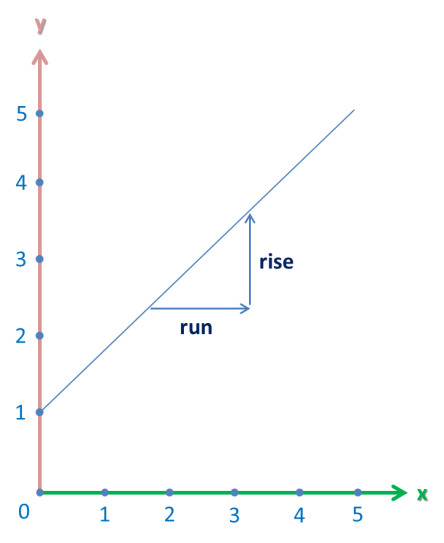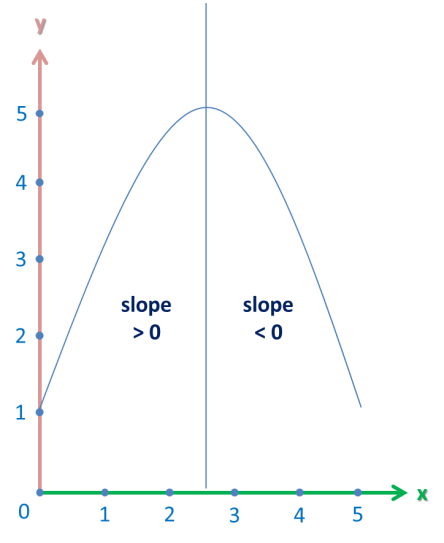Hello again!
I know my blog is called Algebra Demystified, but today, I’d like to talk about a physics concept – the difference between mass and weight.
First, let me note that the strict definition of the terms mass and weight is rather rigorous, not to mention the fact that there are several types of masses and weights. Since this blog is meant to be engaging and simple, I’ll instead give you the most important facts.
Mass and Weight are Not The Same!
One of the most common (if not the most common) mistakes people make is substituting mass for weight, and vice versa. This is perfectly O.K. in a casual setting, but the exact sciences require exact definitions.
For starters, mass is a physical property of the object. By physical I mean that an object’s mass depends on the object itself, not on the environment in which it is located. So, for example, my mass (yes, mass, not weight) is 50 kg. If I go to the moon, my mass will still be 50 kg. Same thing if I go scuba diving. The external conditions that an object is subjected to don’t affect its mass in the slightest.
Weight, on the other hand, is a force. Think of a force as something “pushing” or “pulling” on an object. So, just from this informal definition, it’s obvious that you can change a force. And yes, an object’s weight does change, depending on the environment.
What is Mass?
Put simply, mass measures the amount of material in an object. So, for example, a basketball has more material in it than a golf ball, and so has greater mass. As I said above, you cannot change the mass of an object by changing the forces exerted on it. That’s because an object is composed of the same material (i.e. atoms and molecules), whether it’s located on Earth or somewhere in an alien galaxy during a zombie apocalypse.
More formally, mass represents an object’s resistance to acceleration when a force is applied.
Sounds complicated? Let me illustrate.
Let’s put a golf ball on an ice ramp. Now let’s push the ball. Even though the force you apply is small, the ball rolls freely. Its resistance to acceleration (or inertia) is small. A small push gets the ball rolling – literally.
Now let’s do the same experiment with a car. Maybe some of you will manage to perform the feat, but when I push on a car, it doesn’t move. No matter how hard I push, the car remains still and doesn’t move an inch. It “resists” your push, and very much at that.
Why could I push the golf ball freely, and the car not at all?
Because the golf ball resisted the force I applied only slightly. The car, on the other hand, resisted way stronger. So, the car has greater mass than the golf ball.
What is Weight?
As I mentioned earlier, weight is just a force. More specifically, it is the force exerted on an object by gravity. That’s as simple as it can get. There are other definitions, as well, but they are more specific. Almost always, when you come across “weight” in physics, it will mean the force on an object due to gravity.
Remember I said that weight and mass are not alike? Well, there is a formula that relates them:
W = mg
You may have noticed it is a slight variation of Newton’s second law,
F = ma
However, the first formula is just a specific example of Newton’s second law, where the acceleration in question (the a in the second equation) is the force of gravity.
And… The Units, Please?
When speaking about physical concepts, one of the biggest questions is what units do we use. For example, when we speak about time, we don’t say:
It took me 23 reading this book.
We say instead:
It took me 23 hours reading this book.
Same with mass and weight.
The unit of mass is the kilogram (kg.) You’re probably familiar with this unit already, since it’s used in everyday life.
And the unit of weight is the newton (N) Just in case you don’t know, a newton is defined as the force needed to accelerate 1 kg. of mass at the rate of 1 m/s2 in the direction of the applied force.
And that’s all there is to it! Until next time!

